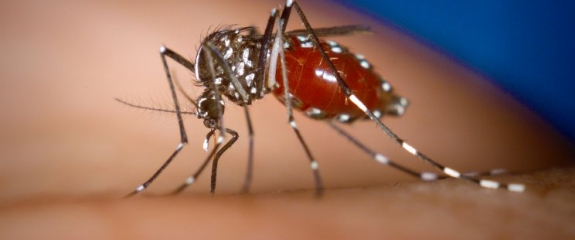4 billion at risk

Do you know what the world's fastest growing mosquito-borne disease is? As a recent article reports you may be surprised to hear that it is not Zika. Although Zika and Yellow Fever have been competing for most-talked-about-insect-borne-disease, another mosquito-borne disease has been spreading consistently spreading for the last half centuary. In fact, the dengue is fastest growing mosquito-borne viral disease. The World Health Organization believes that there are nearly half a billion infections each year. The last 50 years have seen dengue spread from a handful of countries to 128 states covering a total population in the region of 4 billion people. Over this same period there has been an almost 30-fold increase in reported infections. Those at risk is probably greater than we think with more people than ever travelling in areas where the disease is endemic.
Dengue is transmitted primarily by the Aedes aegypti mosquito, the same mosquito that transmits West Nile virus, Zika and chikungunya. Vector control has been the primary method of disease control - strategies include covering, emptying and cleaning of domestic water storage receptacles, applying insecticides to outdoor water storage containers, and using personal household protection, such as window screens, long-sleeved clothes, and insecticide treated materials, coils and vaporizers. However, in dengue-endemic countries, it has been shown that, despite extensive vector control efforts, outbreaks of dengue still occur and the number of cases remains high.
Over the last several years, much progress has been made towards the development of safe and effective dengue vaccines and mosquito control strategies can now be supplemented by vaccination. Other novel methods used to reduce mosquito population include the placement of copepods or guppy in standing water to eat the mosquito larvae. There are also trials with genetically modified Aedes aegypti that mate with females and render their offspring unable to fly. The article published on Linked in details various different approaches and factors currently being considered.


